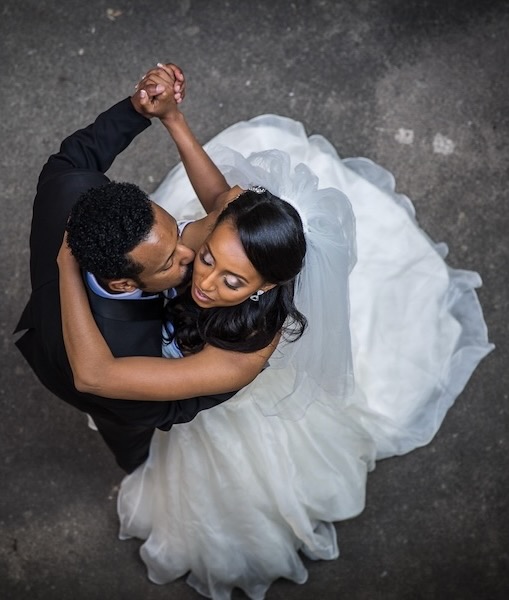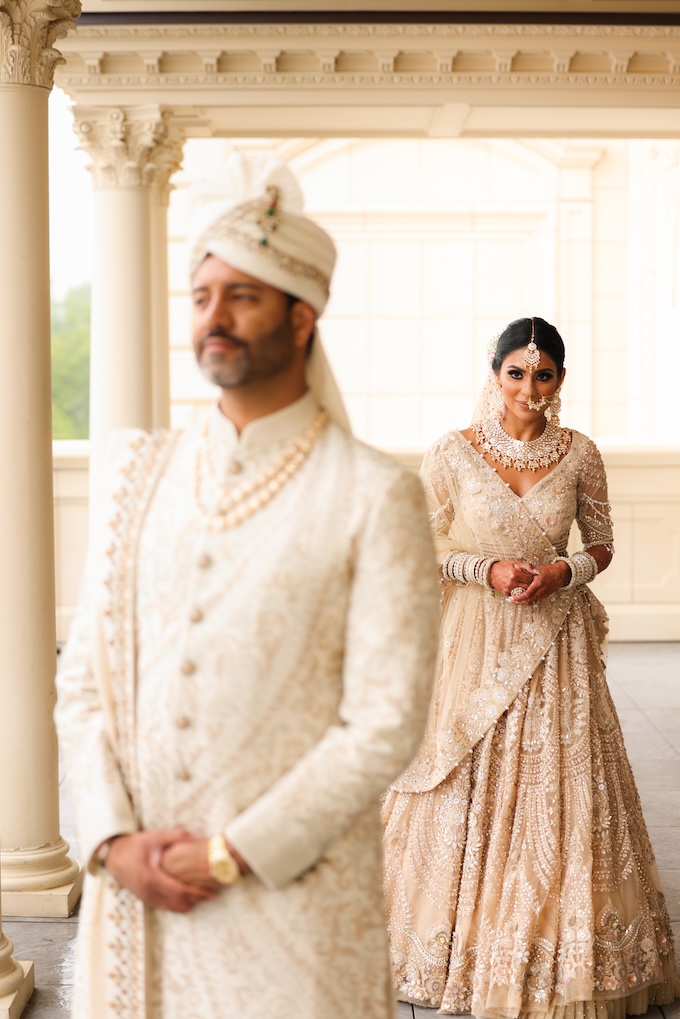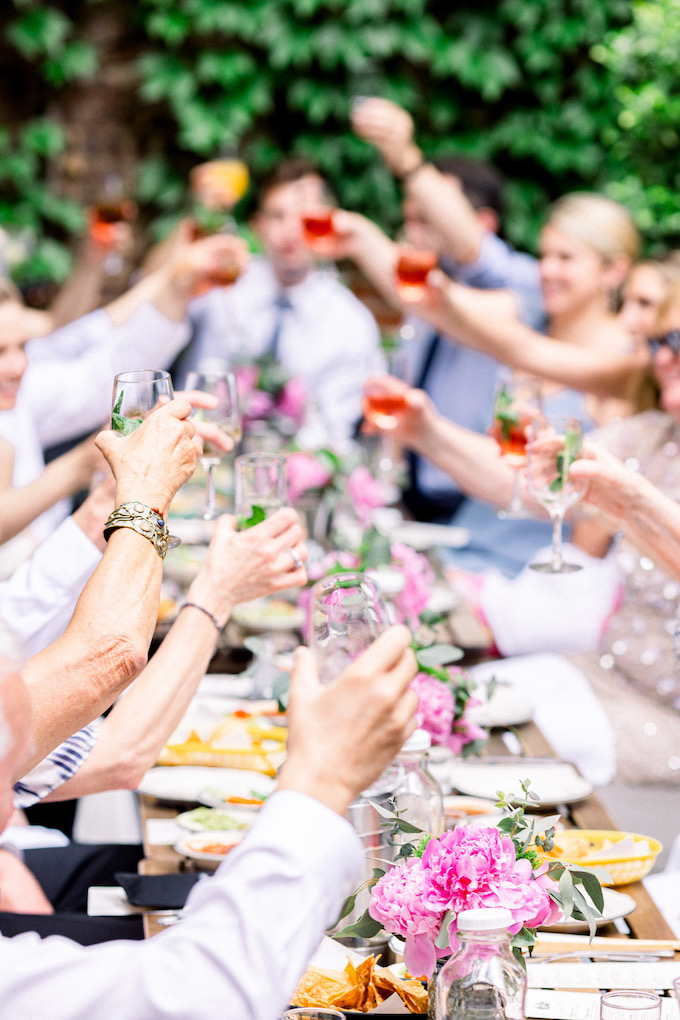Weddings
Being a destination wedding photographer has been a top industry desire for a while now. The hype about this, especially at the beginning, was about traveling to beautiful locations and taking wonderful photos. (Jury’s out on whether that reality has lived up to the hype.)
Coming from a small city in Italy and being used to travel from a very young age, this was pretty much the perfect deal for me, and moving to London made things even easier: I embraced the almost nomadic lifestyle of my summers, and the serendipity of finding myself in places that weren’t on my own bucket list but were on my clients’.
With every wedding abroad, it became increasingly clear to me that destination weddings needed a specific set of skills that were pretty new for me on the job, things like understanding the intensity of light—or, rather, its overall behavior—and location scouting began to take a completely different form.
After seven years on the job, here’s what I’ve learned so far about making the most out of your shooting time.
PLANNING THE UNKNOWN

In general at a destination wedding, you face two logistical scenarios: 1) you are working on a resort and not going anywhere other than its premises with the couple, or 2) you need to scout suitable locations yourself for couple portraits, out into “the great unknown,” as they say.
21 Travel Tips for Wedding Photographers
You are likely to land “on site” the day before the celebration begins. Never ever—I repeat, NEVER—travel on the day of the wedding (lest you want to join this list of destination wedding photography horror stories). As such, you might have enough time the next morning to sort out your surroundings and fulfill scenario #1, but you would definitely struggle in scenario #2. A couple of hours of walking around won’t be enough to prepare you.
But how do you prepare to shoot in a place you have never been before? It’s likely that the very thing that brought you there will solve this problem for you: the internet.
Build a Resource List
Search for the right spot through travel guides, blogs and Instagram. Most of the times, the clients chose the place because it was filling their dreams in terms of atmosphere. They are likely to have looked online themselves, and their expectation of the place is probably shaped around the virtual experience that they already had.
Isn’t this the case when we book our own holidays? A classic example would be the Tour Eiffel in Paris; if your clients book their wedding in the French capital, they are probably expecting to see the tower pop up in some shots.

It isn’t that easy, though. Where in Paris would you have the best view, with the least amount of crowding and the best possible light? This is a tough challenge, and there is no way to figure this out with a quick walk in one of the biggest cities in the world.
This is where you can actually create extra value: through your research and, possibly, your network.
What I usually do is create a list of places that I feel might be interesting after thoroughly collecting information from travel blogs, Instagram (hashtags are a great way to cross search—things like #prettycitylondon or #prettycityparis can open a new world of locations) and books.

Ask colleagues who live in the area if they have some suggestions for you. Look at the work of local photographers to source some nice corners that might be little hidden gems.
Indoor Options

I always make sure to get a few options for covered spots, in case it rains. Public galleries and colonnades are great. There are a few museums that allow photography without flash. Cafés and shops could work, but I recommend asking permission beforehand to make sure shooting indoors is allowed—you might even want to call them a couple of weeks in advance to be safe.
Getting To and From

Secondly, it’s wise to go online and check the connectivity and accessibility of these spots. Today, technology allows us to have a virtual walk almost anywhere in the world. Try to organize a road map that could fit inside the time you have for portraits. You might have more time for elopements, engagements and pre-wedding shoots versus the actual wedding day.
Crafting Your Destination Wedding Photos Over Multiple Days
You might find that some spots you had chosen will be automatically excluded from your list at this point because they are out of reasonable reach. Remember to take in consideration traffic if you’re planning to use Uber, or walking time with high heels for the bride in places like Venice.
Times of Day

Once I have a couple of ideas about possible routes, I check the surroundings to understand whether the order I have on paper will come with good quality light all the way through. This is extremely important as many locations do change quite dramatically in different lighting conditions.
I also try to understand how crowded these locations are likely to be at different times of the day. You might consider suggesting an early morning shoot instead of a late afternoon one for this reason. Think about this in terms of your own schedule too; if you shoot for around two hours, you won’t have the same light throughout, so make sure to be in the right spot for the ones that you care about the most.
Visualizing the Shoot

You might already have understood that timing is key, so I always make sure to prepare visually as well. I curate a secret board on my Pinterest with inspiration and ideas for posing and moods to create my images. This has proven to be very useful when clients have been in need of a bit more guidance. You can also use this tool to share those images and align with your clients’ expectations about look and feel of the service. You might find that they reply with enthusiasm and then dress themselves to match your styling ideas!
I hope this inspires you to look deeper in the places you’ll travel to, find new gems and create wonderful pictures. Always take the scenic route!
Anna Ambrosi is the destination wedding photographer behind Bianco Photography, a studio based in London that offers luxury work all over the world. She last wrote about her experience balancing motherhood with being a destination wedding photographer.





